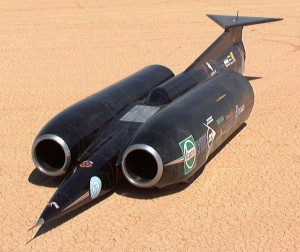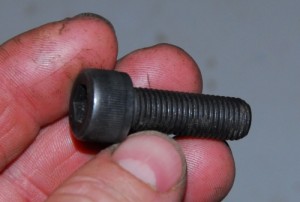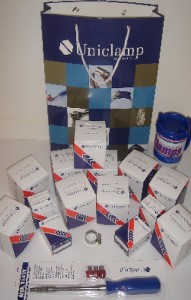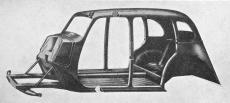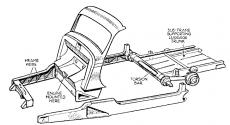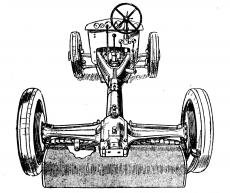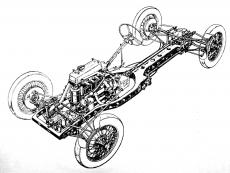Wrecking yards are better than ever!
I’ve always loved going to car wreckers, looking at the bits and pieces available so cheaply and wondering how I can integrate them into my car.
I started visiting wreckers when I had my first car – a 1973 Honda Z. That was way back in the early Eighties. I remember looking through the field of dismembered wrecks, finding dash parts from Honda Civics that I could shoehorn into the Z. I even integrated the high beam flash stalk from a Datsun 260Z into the little Honda.
Time passed, and I was then looking at wreckers importing Japanese engines and transmissions…. That led to a turbo 660cc 3-cylinder engine going into my Daihatsu Handi, and later an RB20DET turbo six going into a C210 Skyline.
I have been musing over this because in the last month I’ve been spending a lot of time back in wrecking yards.
I’m lucky enough to have discovered a wrecker of the old school, one that lets you wander around the yard of cars, spanner and pliers in hand, able to take off whatever parts you want and then take them to the front counter to have them priced.
But the big difference now is this: with modern hi-tech cars having been around for literally decades, the sheer variety of the parts that you can buy is amazing.
Need an idle speed control valve (as I did the other day)? Well, at this yard you can chose between Bosch (three types), Nissan, Toyota, Holden, Ford, Mazda – basically, every car in the yard has an idle speed control valve!
After half an hour of browsing, I walked out with a Bosch idle speed control valve from a BMW, complete with plug and a short section of loom. Cost? AUD$33.
Need a factory bracket on which to mount a GM MAP sensor? Sure – look under the bonnets of not only GM cars but also Daewoos. Cost? In this case, I was charged nothing!
Want some direct fire ignition coils? Would you like those coil-on-plug or remote-mounted? After a long look, I decided instead to go brand new with some Bosch coils – but the browse through the yard showed some very interesting approaches.
Need some 19mm hoses, preformed with bends to plumb a turbo blow-off valve? An hour later I walked out with no less than nine of them – all different lengths and bend radii. Cost? AUD$11. Oh yes, and that also included a rubber mount for the idle speed control valve that I’d forgotten to get earlier!
If you’ve not been to a wrecking yard for a long time, find a good one and have a long look around. You might be as surprised as I was.

 Julian Edgar, 50, has been writing about car modification and automotive technology for nearly 25 years. He has owned cars with two, three, four, five, six and eight cylinders; single turbo, twin turbo, supercharged, diesel and hybrid electric drivelines. He lists his transport interests as turbocharging, aerodynamics, suspension design and human-powered vehicles.
Julian Edgar, 50, has been writing about car modification and automotive technology for nearly 25 years. He has owned cars with two, three, four, five, six and eight cylinders; single turbo, twin turbo, supercharged, diesel and hybrid electric drivelines. He lists his transport interests as turbocharging, aerodynamics, suspension design and human-powered vehicles.

